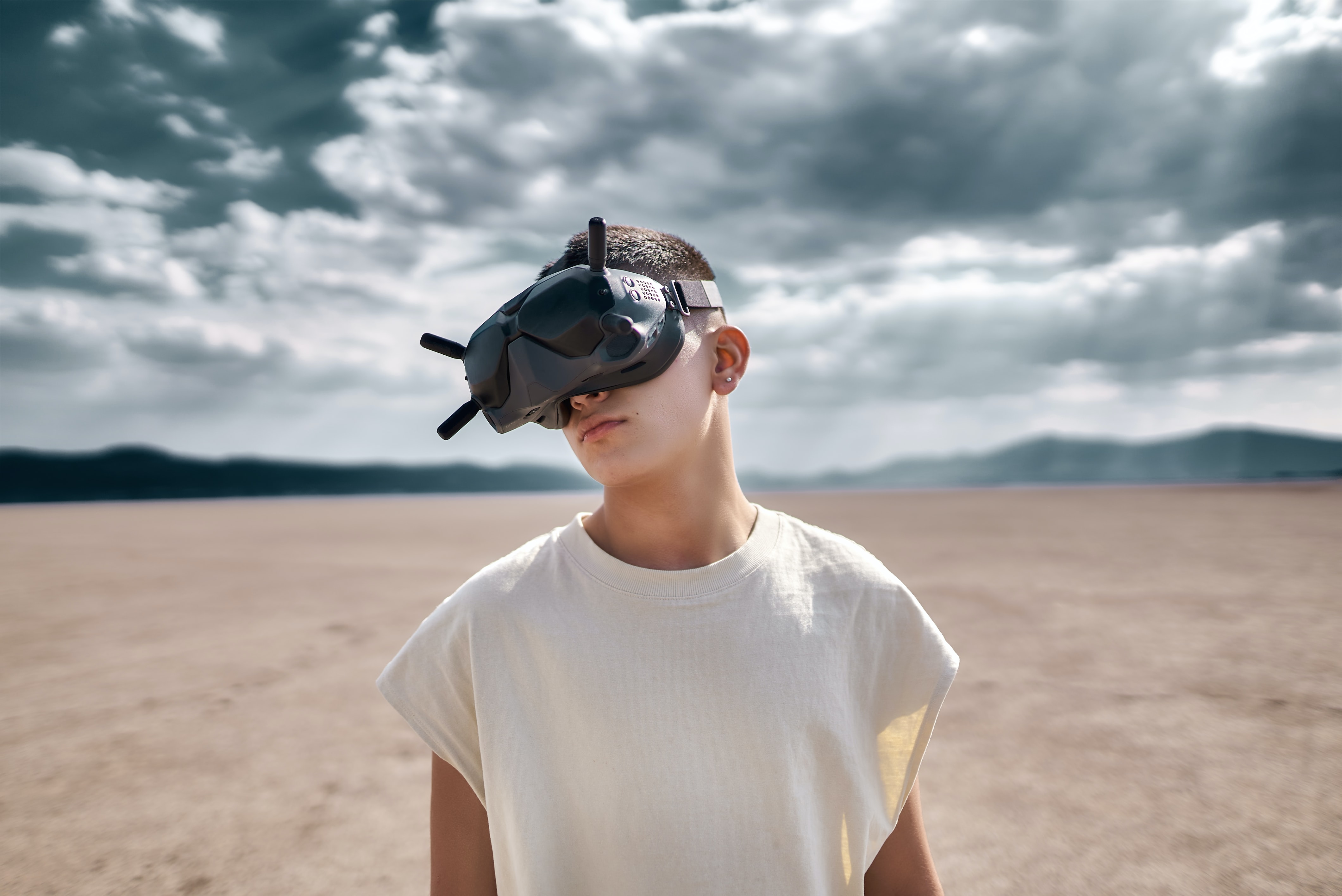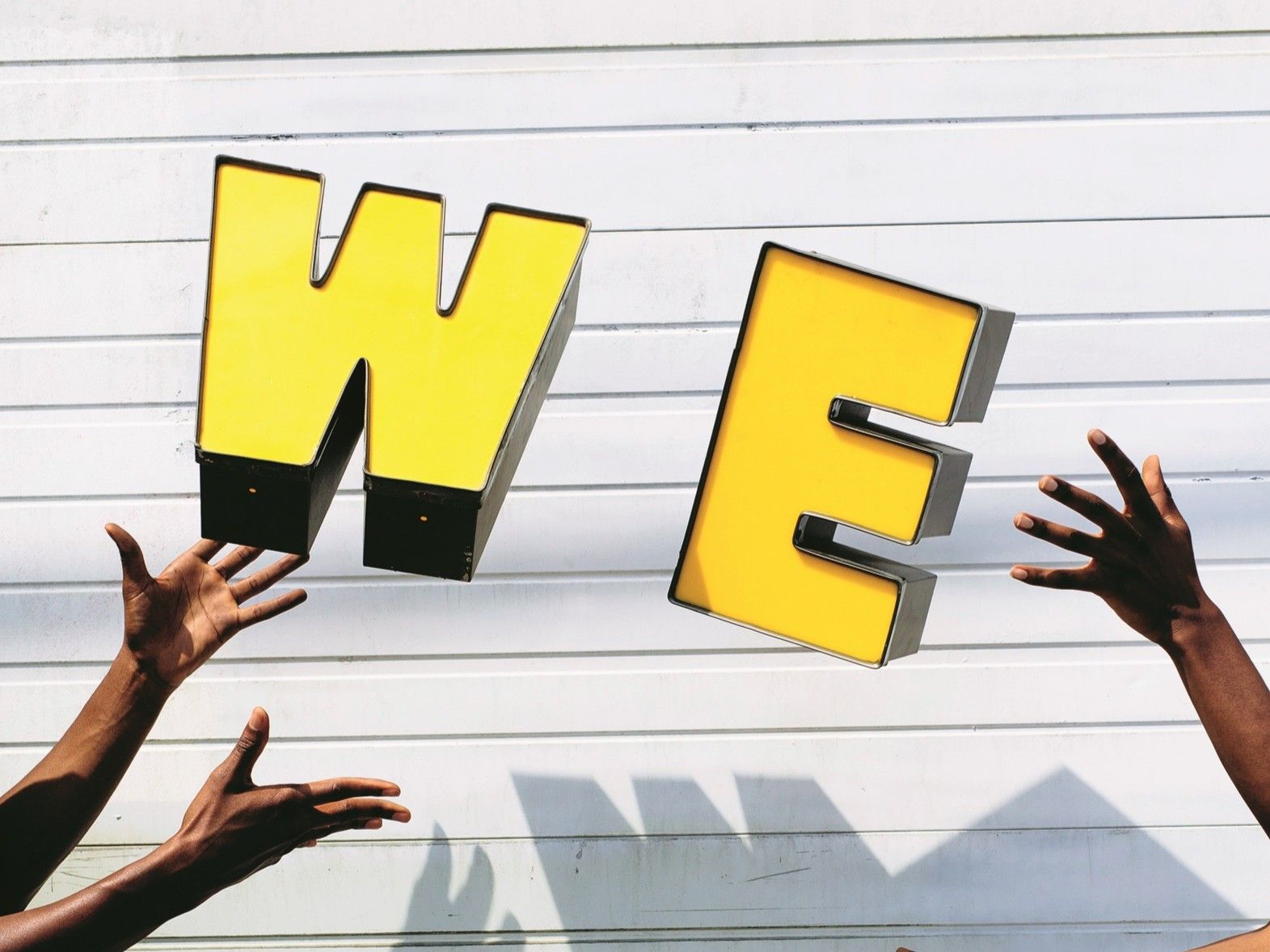Ralph Lauren opens its first virtual shop on the gaming platform Roblox, Gucci sells a purely virtual Dionysus handbag for more than 4,100 dollars on the same platform, Nike registers several brands as "virtual goods" and Hermès even sees its trademark rights to the Birkin Bag infringed: and all these things are happening in the digital cosmos "Metaverse", which we had already reported on in September 2020. Ever since Mark Zuckerberg presented his vision of a new virtual world in October 2021, at the latest, more and more companies have been cavorting there. And, of course, trademark law has also arrived there long ago.
What is the Metaverse anyway?
The Metaverse is a collective, virtual 3D space in which people move freely and interact with each other in the form of individual avatars: One can "live" in the Metaverse in a digitally animated way, "shop", generate and exchange data, "travel" around the (virtual) world or simply play. For example, after shopping for digital sneakers in your favorite virtual store, you can go to a work meeting with colleagues sitting at the virtual table in wild or not-so-wild avatars. Then it's on to the virtual doctor's office and in the evening to a digital live theatre.
Unlike previous virtual reality games, however, the Metaverse will not be limited to one platform, but will be composed of many different platforms. Its decentralization is therefore crucial. Data, objects and content should be interoperable so that a functioning economic system can be established in which ownership and investment are possible.
The connection to the Metaverse is created through the already familiar VR glasses or with the help of augmented reality. So you don't just look at a screen, but actually immerse yourself in this world and control your Metaverse avatar with your own movements. Or as Facebook founder Mark Zuckerberg describes it : "The metaverse is an embodied internet that you're inside of rather than just looking at."
How far along is the metaverse?
Much of this is still pie in the sky, but recently there has been a sense of optimism, especially in the area of digital products. The principle of in-app or in-game purchases has been known for a long time. For example, users already spend a lot of money on purely digital clothing for their game avatars. On the game platform Roblox, for example, you can dress your avatar in luxury items, whereby the price - as in real life - varies greatly depending on rarity. The decisive function in the Metaverse are NFTs, or non-fungible tokens. This secures the digital goods through the blockchain and certifies their authenticity and ownership. Each NFT is unique and, accordingly, the virtual products also have a certain monetary value. Payment is made with cryptocurrencies such as Bitcoins, Dogecoins or Ethereum.
What role does trademark law play?
Experts predict a market value of 708 billion euros for the Metaverse by 2024 and many companies sense a completely new sales market for their (digital) products. As in real life, trademark law also plays a decisive role in the protection and development of brands in the virtual parallel universe. In this respect, it is not surprising that large companies such as Nike, Converse or Abercrombie & Fitch have extended their trademark protection at the USPTO explicitly for digital products in recent weeks and have filed several trademarks for virtual goods for classes 9, 35, 41 and 42, among others. At the EUIPO, too, there are already isolated applications for "downloadable virtual goods" and "non-fungible tokens" in classes 9, 18 or 25 or for corresponding services in classes 35 and 41 (e.g. "online shops for virtual goods"), for example by Pirelli or Allbirds.
And where #brands are, the first virtual trademark disputes are not long in coming. A current example is the case of the MetaBirkins: the digital artist Mason Rothschild had offered around 100 NFTs of the famous Birkin bag from Hermès for sale on the online marketplace "OpenSea". Brazen forgery or innovative online art? In any case, Hermès has been taking trademark action against the MetaBirkins since the beginning of the year. Rothschild invokes the freedom of art under the American First Amendment. Whether (and where) Hermès will actually take legal action remains to be seen. The principle of territoriality under trademark law, which requires an infringing act of use within the country, also plays a decisive role here. If one takes as a basis the principles established by the Federal Court of Justice for balancing trade mark law and artistic freedom, Hermès' chances should not be too bad: Firstly, the MetaBirkins lack a satirical-humorous argument and secondly, the commercial purpose of selling the NFTs is clearly in the foreground here.
What do trade mark owners have to pay attention to now?
With the decentralised and still rather unmanageable market in the Metaverse, the danger of trademark infringement and damage to reputation is growing for trademark owners. Digital products may be even easier to counterfeit than physical ones. A few simple clicks are enough.
Many companies already have registered trademarks in various markets, but this may not be enough for effective protection in the Metaverse. Trademark owners should therefore review their portfolios and adjust them if necessary. Similar to the early 2000s, it is also important to be wary of bad faith trademark applications by private third parties. There have already been a few cases in the USA. And even if a company is not yet active in the Metaverse, its own products can still find a way into the digital world, as the Hermès case shows.
The harmonised European trademark law offers one advantage over the US system: In the US, many companies had to register their trademarks for virtual goods on an "intent-to-use" basis because they do not actually use the trademark in the Metaverse yet. Trademark registration is then finalised only upon commercial use, with a maximum of three years to do so. In European trade mark law, on the other hand, there is no need to prove use at the time of application and a five-year grace period for use applies to registered trade marks.
Conclusion
Even if the Metaverse is still strongly reminiscent of science fiction, it certainly won't hurt to consider a possible expansion of trademark protection for one's own products at an early stage. Because there is no doubt that the Metaverse is a future market.



